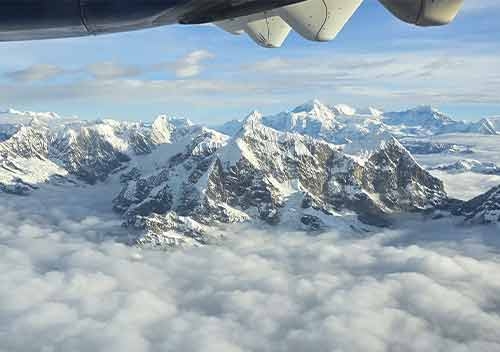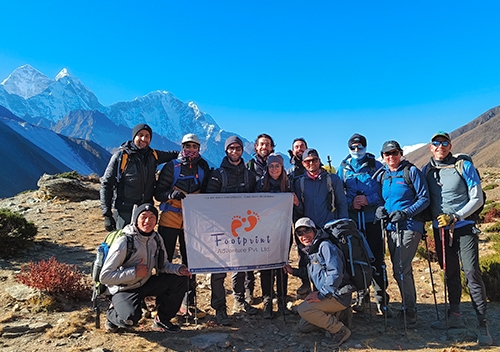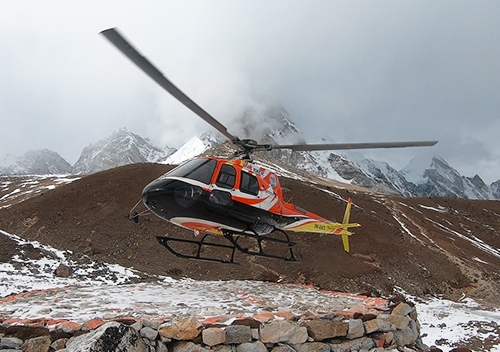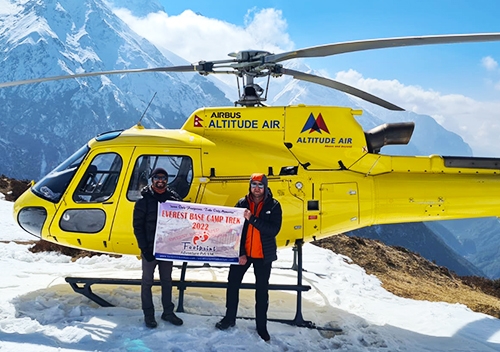Why is Mount Everest not the tallest mountain in the world?
The present height of Mt Everest is 8,848.86 meters. Although Mt Everest is the highest mountain in the world above sea level, Hawaii’s Mauna Kea is the tallest mountain rising from the base to peak at 33,500 ft (10,210 m), but only 13,796 ft is above sea level. The first time Everest was measured was in 1856 and it was then 8,840 m tall, but then in 1955, the height was adjusted to 8,848 m. Again in 2020, the new height was recognized by the Government of Nepal which was 8,848.86 meters above sea level.
What is the estimated age of Mount Everest?
Everest and its surrounding mounts are part of a gigantic mountain massif that constructs a focal point of this tectonic shifting in the Great Himalayas. Explorer Noel Odell was the foremost to uncover aquatic fossils on Mt Everest in 1924, which ascertained that Mount Everest was initially concealed by an ocean. The limestone and sandstone on the lid were found to be marine sedimentary rocks created approximately 450 million years back. It is gauged that Mt Everest is about 60 million years ancient, as per proficients and history books, the mountain was formed when India’s continental plate collided with Asia.

What was Everest called before naming it?
For those who are not aware, Everest was first uncovered by Sir George Everest in 1841. George Everest anointed it “Peak 15”, and initially, it was called by that name. However, in recognition of Sir George Everest, the name of the mountain was changed to Everest in 1865. From then on, the name Everest is well renowned all over the globe.
How much does it cost to climb Everest?
It is a common question among nature enthusiasts and mountain lovers “How much are the financial expenses to summit Mt Everest?”. The cost can be skyrocketing or even slightly higher. A climber must pay a certain amount of money for the permit to climb Mount Everest. The fully custom expedition can cost up to more than $100,000. The normal cost range can be from $40,000 to $85,000. These costs can depend upon the day, Sherpas, food, transportation, standard, and supplementary oxygen. Basically, other expenses while Everest Summit is personal gear and types of equipment. That is why scaling Everest is not difficult just physically, it can be financially draining as well.
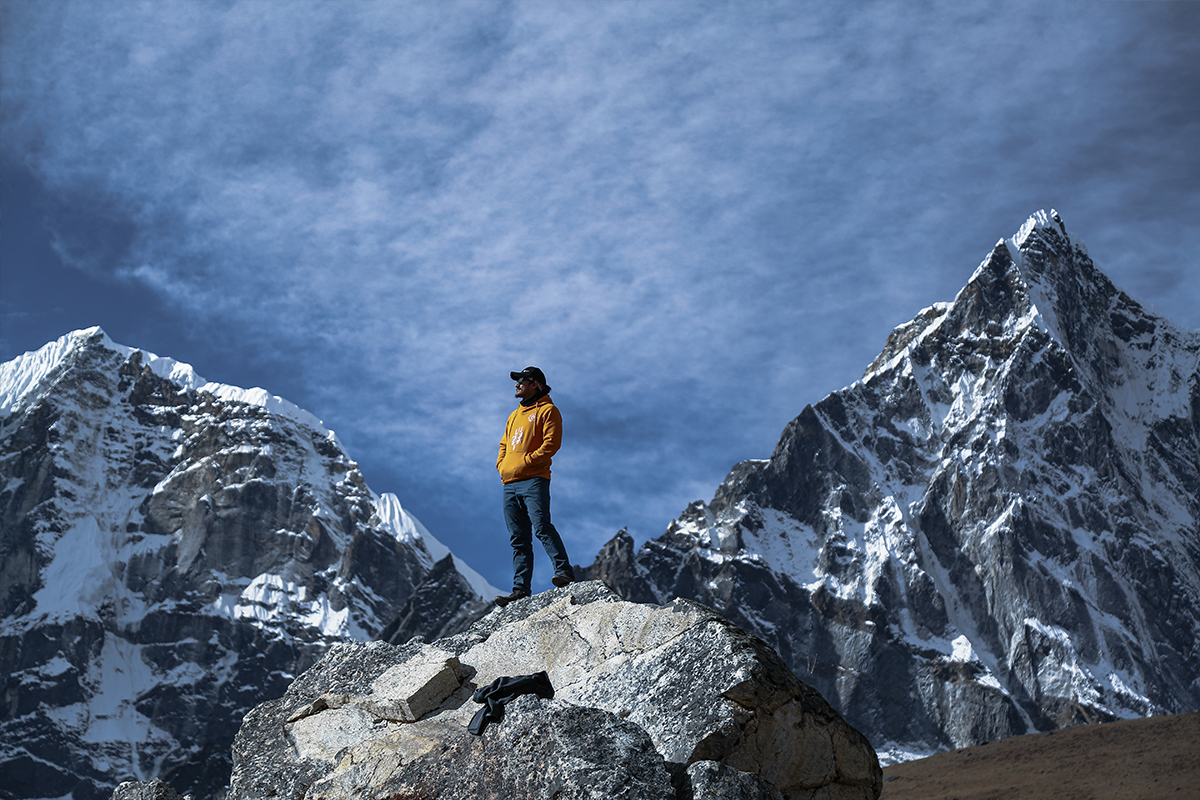
Who holds the record for most summit ascents of Mount Everest?
At the age of 53, Sherpa guide Kami Rita Sherpa carries the record for most Everest summits. Kami Rita Sherpa is a courageous Sherpa guide who reached the summit for the 28th time in May 2023, making history for climbing Mount Everest the most times. More than that, he has another record for the most 8,000-meter summits, Along with Mt Everest, he has summited other peaks 38 times. To smash his own chronology for the 26th time, the Sherpa reached the top on May 7th, 2022 along with ten other Sherpas through the southeast ridge route.
What are the other names of Mount Everest?
In the 19th century, the mountain was named after George Everest. The Nepali name for Everest is Sagarmatha which means the “God of the sky” or “Forehead of the sky”. Mt Everest was given the Tibetan name Chomolungma or Qomolangma, which means “mother of the earth”.
Who can summit Mt Everest without oxygen?
Living in mountainous zones with exceptional physical qualities and thin air, Sherpa is a group of people who have settled on both sides of the Himalayas. Sherpas are the bravest and the finest guides on Mount Everest. A Sherpa guide gets reimbursed up to $5,000 upwards for a summit expedition. They not only guide the way for the climbers but also oblige with hauling logistics for the climbers where their packs can weigh an additional five times as much as regular climbers. They can summit Everest without the necessity for any oxygen cylinders.
When was Mount Everest first climbed?
The Himalayan mountains have long been abode by indigenous groups living in the mountain dales. The most prominent of these are the Sherpa people. The word “Sherpa” is frequently used to represent mountain guides, though it refers to an ethnical group. The first-ever registered people to summit Everest were Sir Edmund Hilary, a mountaineer from New Zealand, and his Sherpa companion Tenzing Norgay. They mounted this gigantic mountain in 1953 and retained the record together. From then on, they paved the road for many climbers to the expedition.
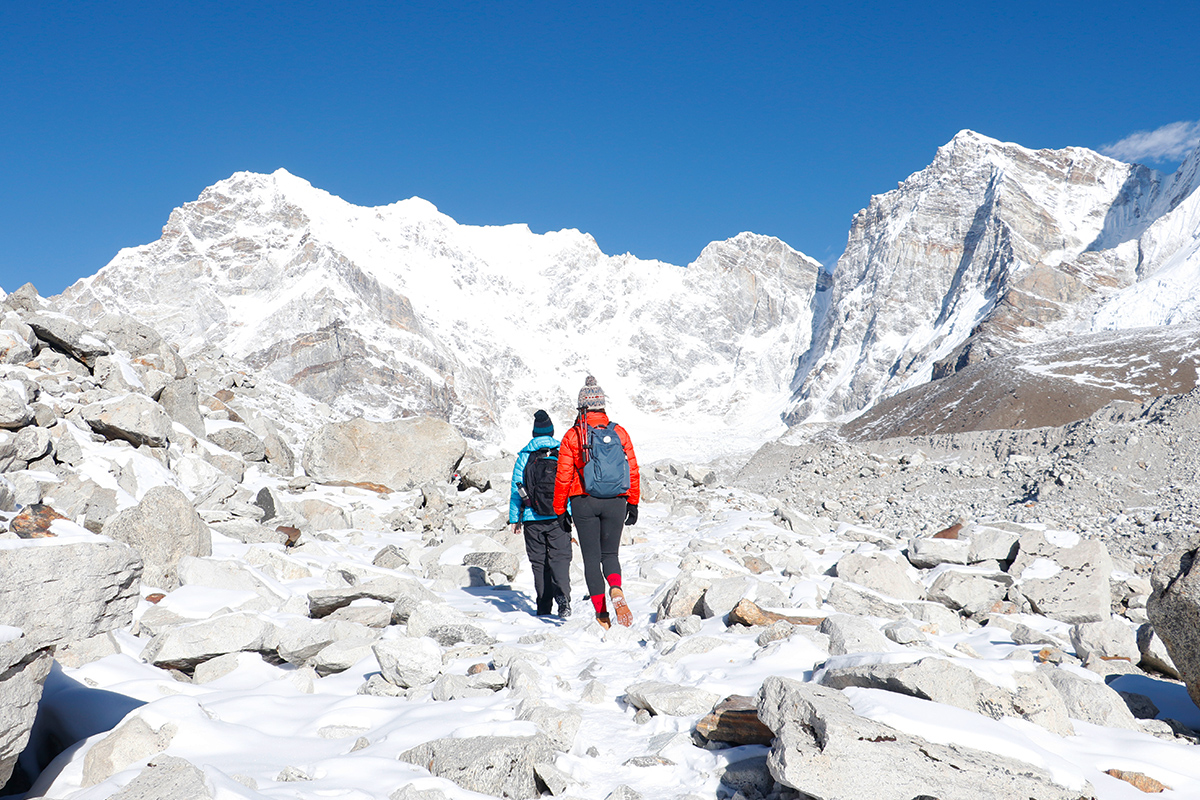
What are the death tolls on Everest?
Dead bodies are a typical scene on Mt Everest. It is a tremendous challenge for anyone to yank dead bodies due to the physical grind needed in the low-oxygen climate. Making Everest the seventh deadliest mountain in the world, the incremental death rate is about 2%. There are about 300 dead bodies on the mountain, and the bodies now assist other climbers to know if they are on the right path or not. Most of the people died in the area above 7,500 meters thus it is called the Death Zone. Among those who endeavor to summit Everest, since 1969 at least one climber has parted every year. The main rationales behind the deaths are hypothermia, suffocation, frostbite, snow blindness, and starvation.
Is Mount Everest growing every year?
Definitely, Everest rises every year because of the motion of tectonic plates, which propels the Himalayas upwards. Mt Everest ascends 40 cm per century. Everest rises on average 4mm a year. This shift is due to the steady movement of rock northwards.
Are there any animals found on Mount Everest?
Besides the myths of giant Yeti, jumping spiders are the only living species perpetually based on Mount Everest at an altitude of 22,000 ft. Below the height of 6,000 meters, popular wildlife in the Everest region such as Himalayan Yak, Snow Leopard, and Himalayan Thar can be encountered. Jumping spiders obscure the niches and cracks on the slopes of Everest, which makes them one of the Earth's highest permanent residents.
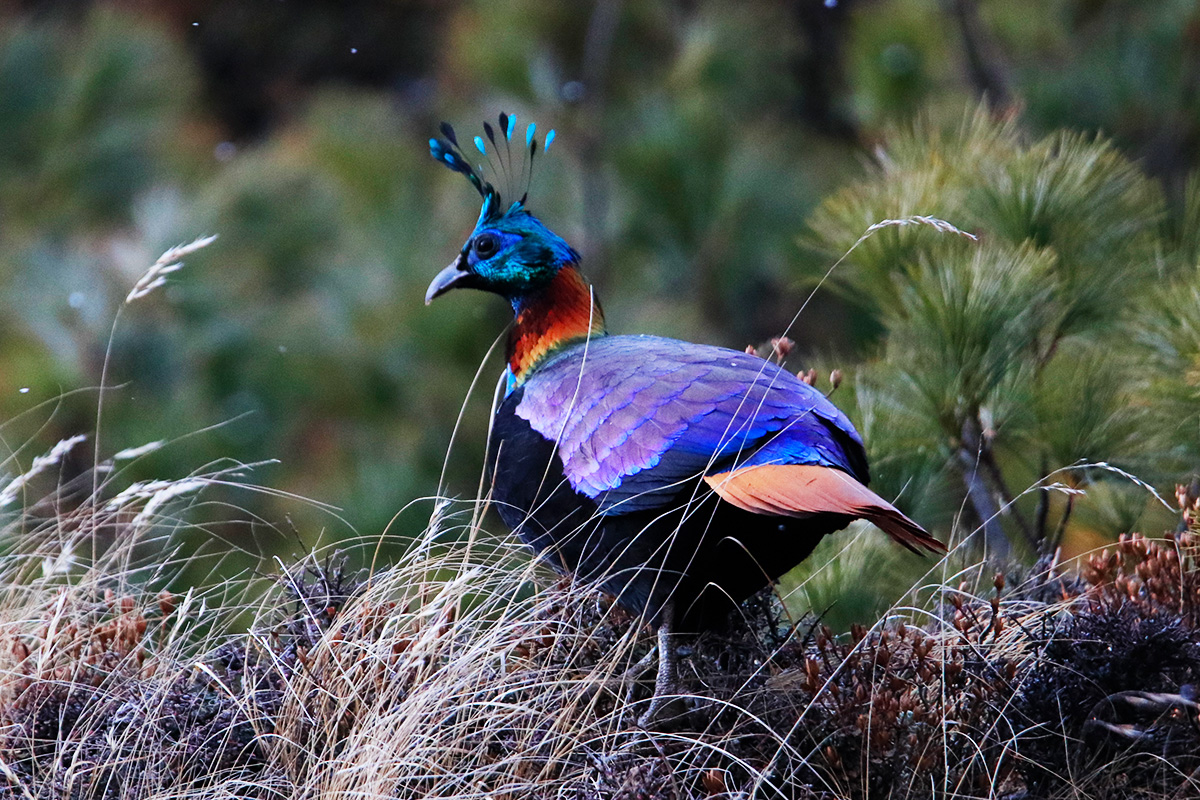
Tons of human waste are frozen on Mount Everest!
Climbers poop and pee in their tents if they desire. The frozen ground makes digging latrines inoperable and the risk of exposure is too high. It is gauged that about 8,000 kg of human waste has been dumped on Everest per year, and it is becoming a serious health and environmental problem. There is no exact place for toileting on Mt Everest further to the lowest base camp. Wastes do not deteriorate in the perpetually frozen higher altitudes. Mountaineers are mandated to carry their wastes off the mountain now. Footprint Adventure is jointly working with the local community for waste management through different trekking and tours. For more details, click here
Mount Everest is a dream of every climber around the globe and it holds a lot of facts and secrets within it. These were the top 12 interesting facts about Mt Everest. Due to these amazing facts, many climbers are urged to explore and summit Everest every year. With the increase of climbers, environmental issues are also rising every year. Mountaineers need to be more responsible during the expedition and respect these giant mountains so that mountains can respect us back and take care of us. For more inquiries on top facts about Everest feel cordial to contact us.








